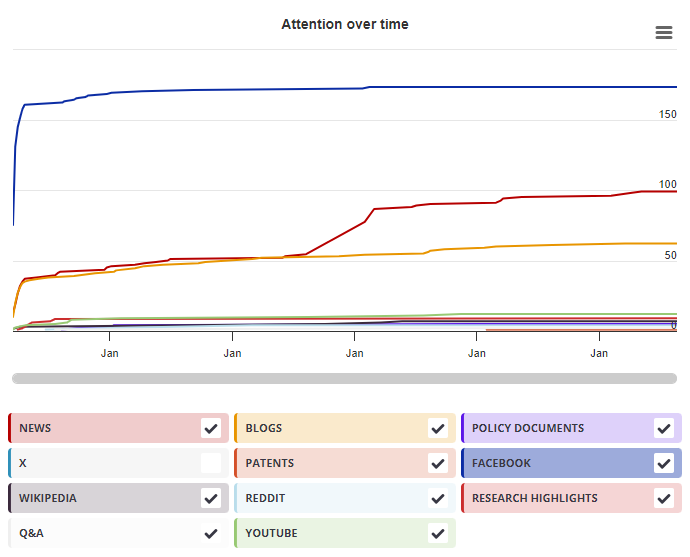| Title |
Circulating Tumor Cells in Genitourinary Malignancies: An Evolving Path to Precision Medicine
|
|---|---|
| Published in |
Frontiers in oncology, January 2017
|
| DOI | 10.3389/fonc.2017.00006 |
| Pubmed ID | |
| Authors |
Cory M. Hugen, Daniel E. Zainfeld, Amir Goldkorn |
| Abstract |
Precision medicine with molecularly directed therapeutics is rapidly expanding in all subspecialties of oncology. Molecular analysis and treatment monitoring require tumor tissue, but resections or biopsies are not always feasible due to tumor location, patient safety, and cost. Circulating tumor cells (CTCs) offer a safe, low-cost, and repeatable tissue source as an alternative to invasive biopsies. "Liquid biopsies" can be collected from a peripheral blood draw and analyzed to isolate, enumerate, and molecularly characterize CTCs. While there is deserved excitement surrounding new CTC technologies, studies are ongoing to determine whether these cells can provide reliable and accurate information about molecular drivers of cancer progression and inform treatment decisions. This review focuses on the current status of CTCs in genitourinary (GU) cancer. We will review currently used methodologies to isolate and detect CTCs, their use as predictive biomarkers, and highlight emerging research and applications of CTC analysis in GU malignancies. |

X Demographics
As of 1 July 2024, you may notice a temporary increase in the numbers of X profiles with Unknown location. Click here to learn more.
Geographical breakdown
| Country | Count | As % |
|---|---|---|
| United States | 1 | 33% |
| Switzerland | 1 | 33% |
| Unknown | 1 | 33% |
Demographic breakdown
| Type | Count | As % |
|---|---|---|
| Members of the public | 2 | 67% |
| Scientists | 1 | 33% |
Mendeley readers
Geographical breakdown
| Country | Count | As % |
|---|---|---|
| Unknown | 42 | 100% |
Demographic breakdown
| Readers by professional status | Count | As % |
|---|---|---|
| Researcher | 9 | 21% |
| Student > Ph. D. Student | 8 | 19% |
| Student > Bachelor | 5 | 12% |
| Student > Master | 5 | 12% |
| Student > Doctoral Student | 3 | 7% |
| Other | 4 | 10% |
| Unknown | 8 | 19% |
| Readers by discipline | Count | As % |
|---|---|---|
| Medicine and Dentistry | 9 | 21% |
| Biochemistry, Genetics and Molecular Biology | 9 | 21% |
| Agricultural and Biological Sciences | 3 | 7% |
| Computer Science | 3 | 7% |
| Pharmacology, Toxicology and Pharmaceutical Science | 2 | 5% |
| Other | 5 | 12% |
| Unknown | 11 | 26% |